The reactivity of zirconium on silicon nitride enhances the conversion of propane into propylene, a key commodity chemical needed to make polypropylene. This finding hints at the reactivity researchers might achieve with other nontraditional catalysts.
Tag: materials science and engineering
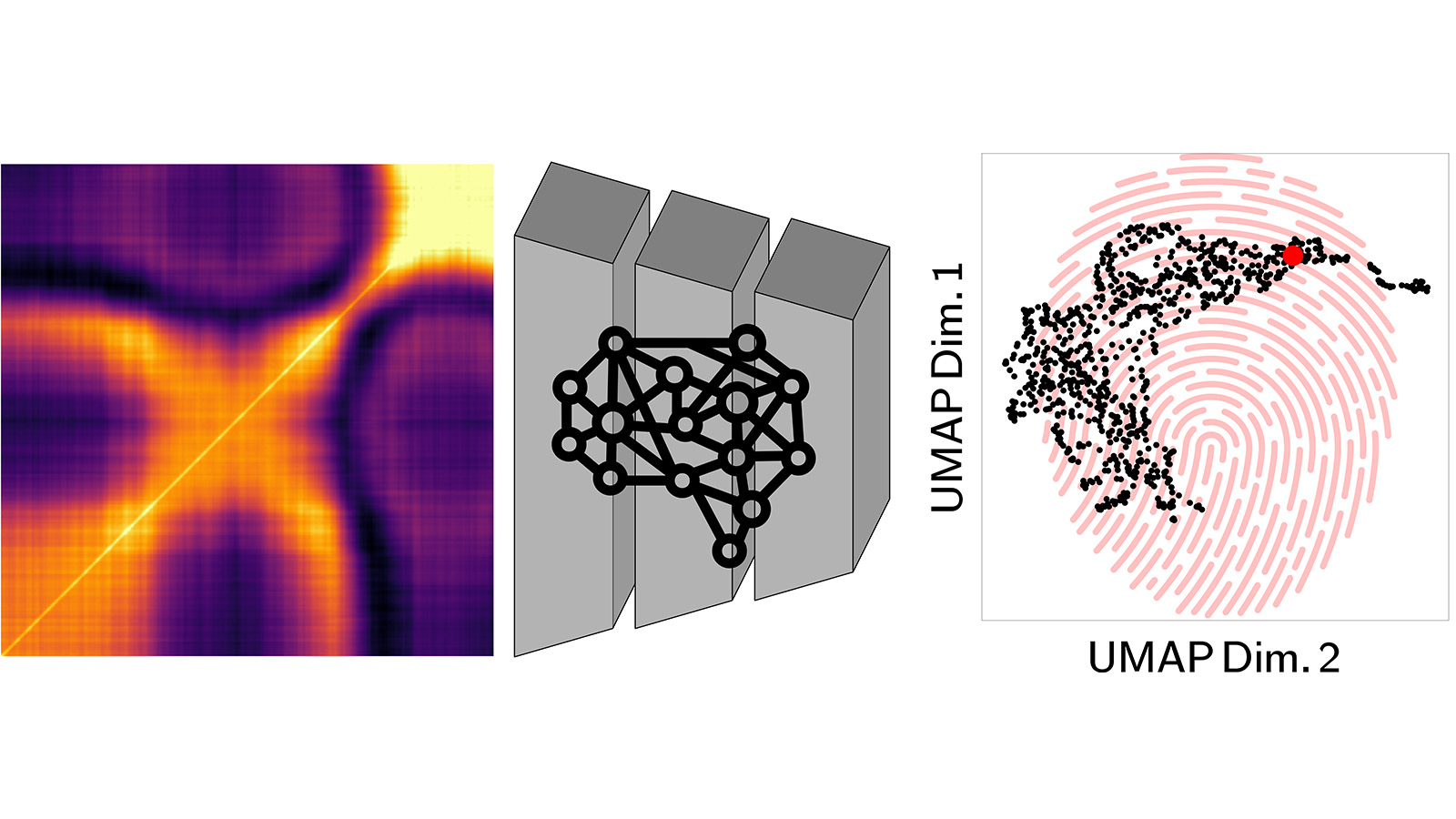
Scientists develop new artificial intelligence method to create material ‘fingerprints’
Researchers at the Advanced Photon Source and Center for Nanoscale Materials of the U.S. Department of Energy’s Argonne National Laboratory have developed a new technique that pairs artificial intelligence and X-ray science.
Three Argonne postdocs invited to prestigious meeting of Nobel laureates
Three Argonne postdoc scientists have been invited to the prestigious Nobel Laureate Meetings in Lindau, Germany, where they will meet with past Nobel Prize winners in their fields.
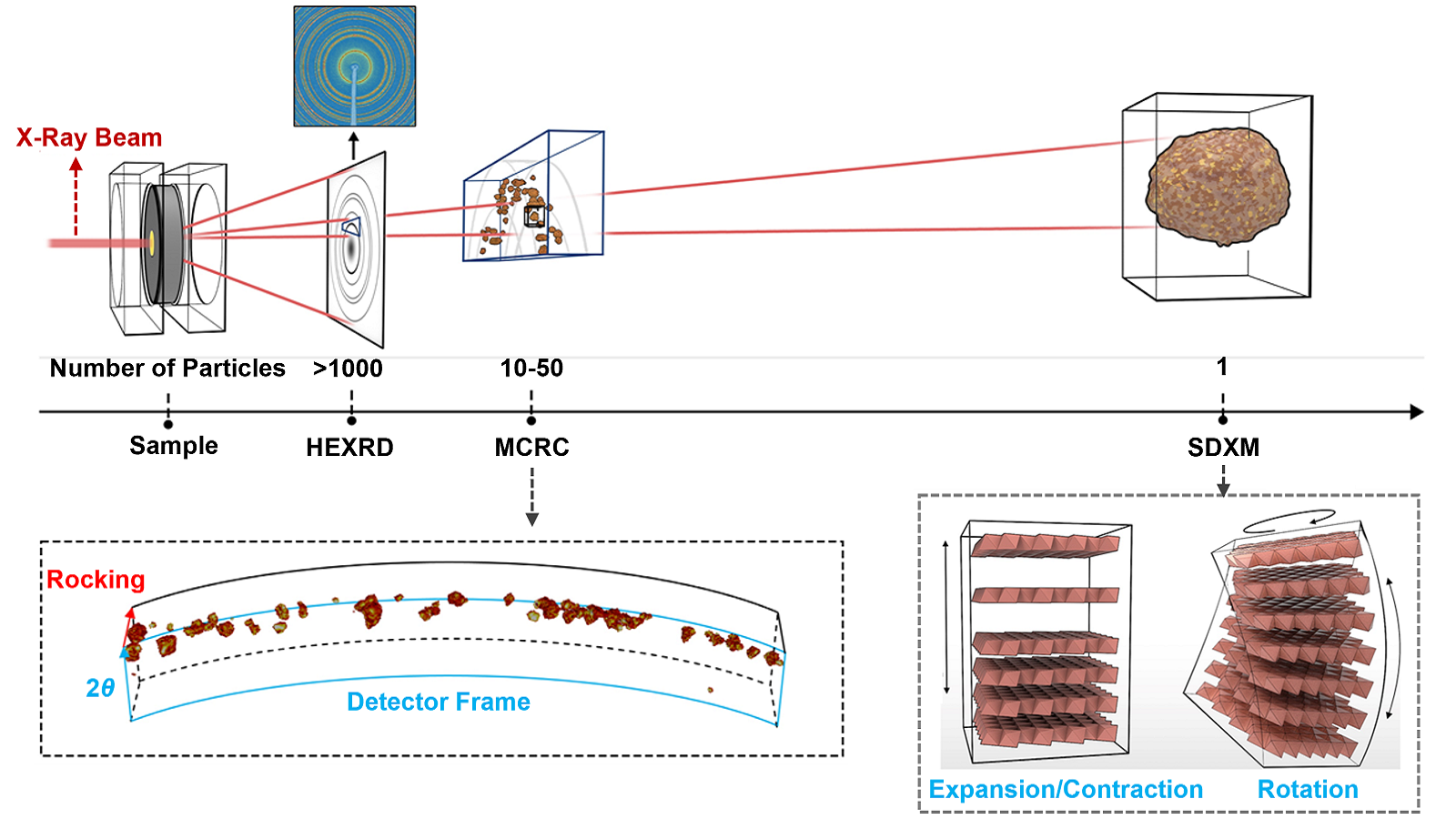
Unlocking the mystery behind the performance decline in a promising cathode material
Researchers at the Argonne National Laboratory have discovered the main reason why and how one of the more promising new cathode materials degrades with repeated cycling of lithium-ion batteries. The team’s new analysis method was key to the discovery.
Argonne materials scientist Amanda Petford-Long named a Fellow of the Materials Research Society
Amanda Petford-Long, director of the Materials Science division at the U.S. Department of Energy’s Argonne National Laboratory and an Argonne Distinguished Fellow, was recognized by a preeminent materials science society.
Argonne’s Ilke Arslan named fellow of the Microscopy Society of America
Ilke Arslan, the director of Argonne’s Center for Nanoscale Materials, has been inducted as a fellow of the Microscopy Society of America.
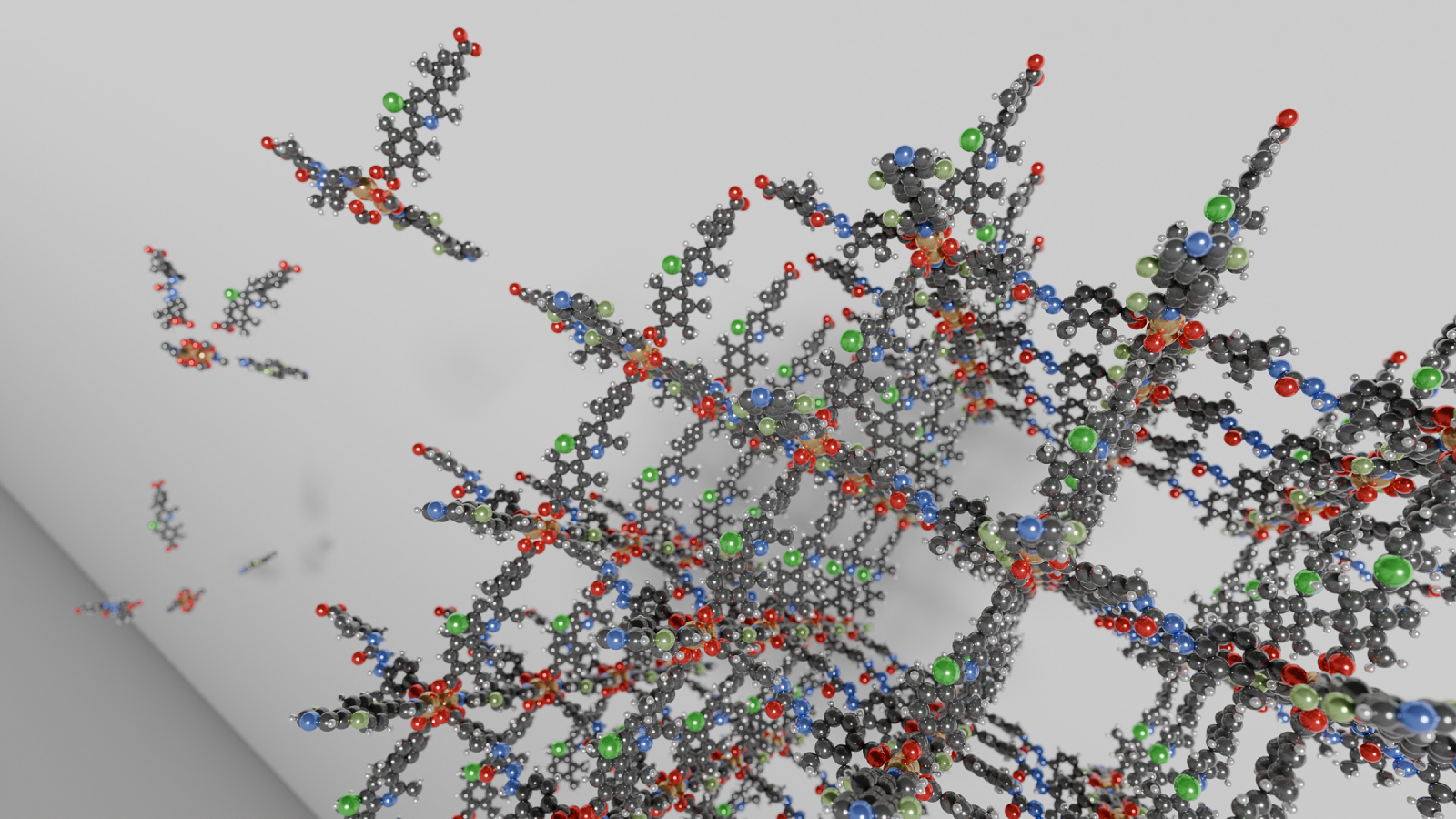
Argonne scientists use AI to identify new materials for carbon capture
Researchers at the U.S. Department of Energy’s Argonne National Laboratory have used new generative AI techniques to propose new metal-organic framework materials that could offer enhanced abilities to capture carbon
Ultra-sensitive lead detector could significantly improve water quality monitoring
UC San Diego engineers have developed an ultra-sensitive sensor made with graphene that can detect extraordinarily low concentrations of lead ions in water.
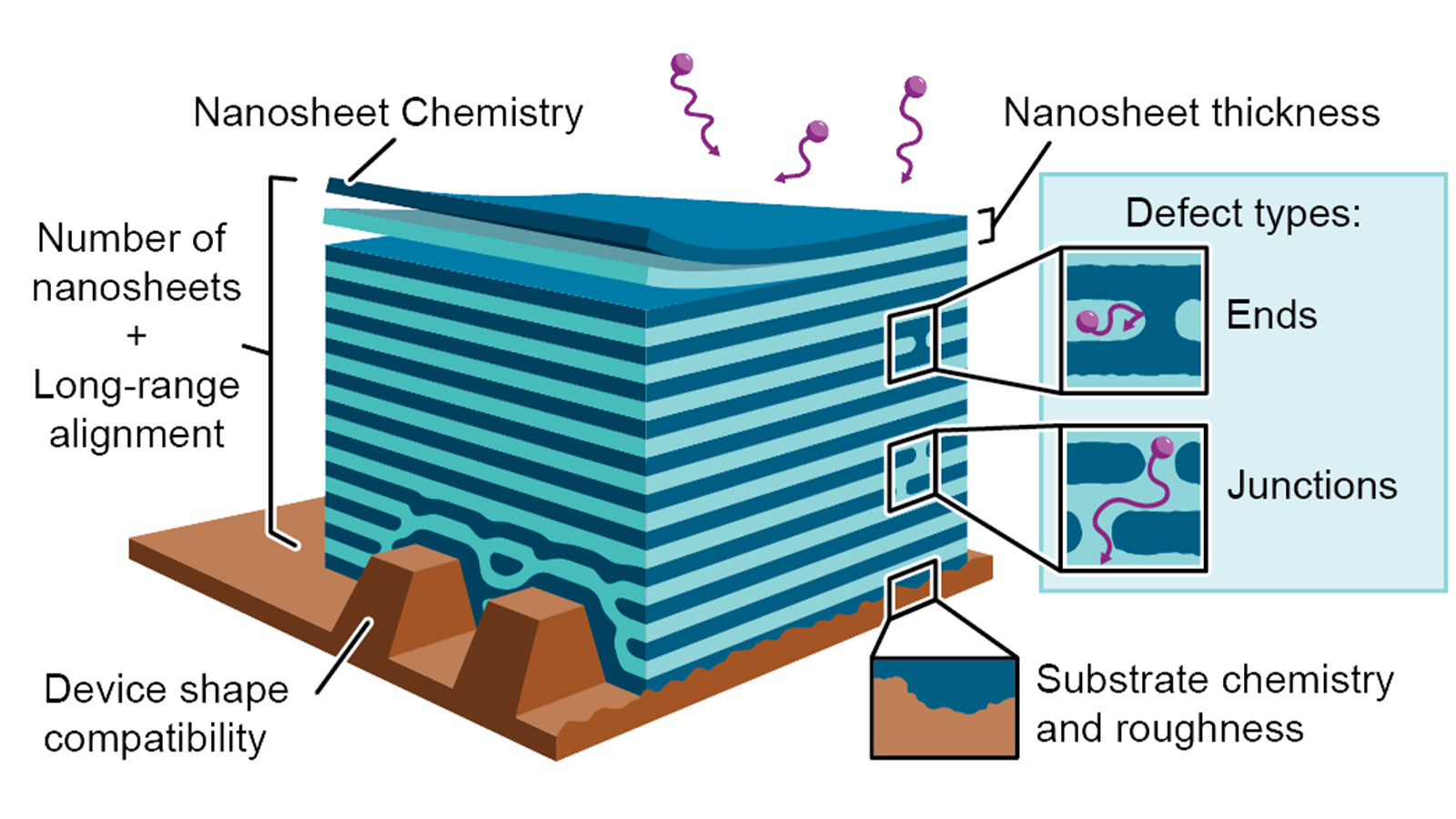
Argonne scientists help scale up nanomaterials for sustainable manufacturing
Scientists using Argonne’s Advanced Photon Source have developed a multipurpose nanomaterial to aid in sustainable manufacturing.
Soft, living materials made with algae glow under stress
Researchers have developed soft yet durable 3D-printed materials that glow in response to mechanical stress, such as compression, stretching or twisting. The materials derive their luminescence from single-celled algae known as dinoflagellates, which are embedded within the materials. The work was inspired by the bioluminescent waves caused by dinoflagellates during red tide events at San Diego’s beaches.
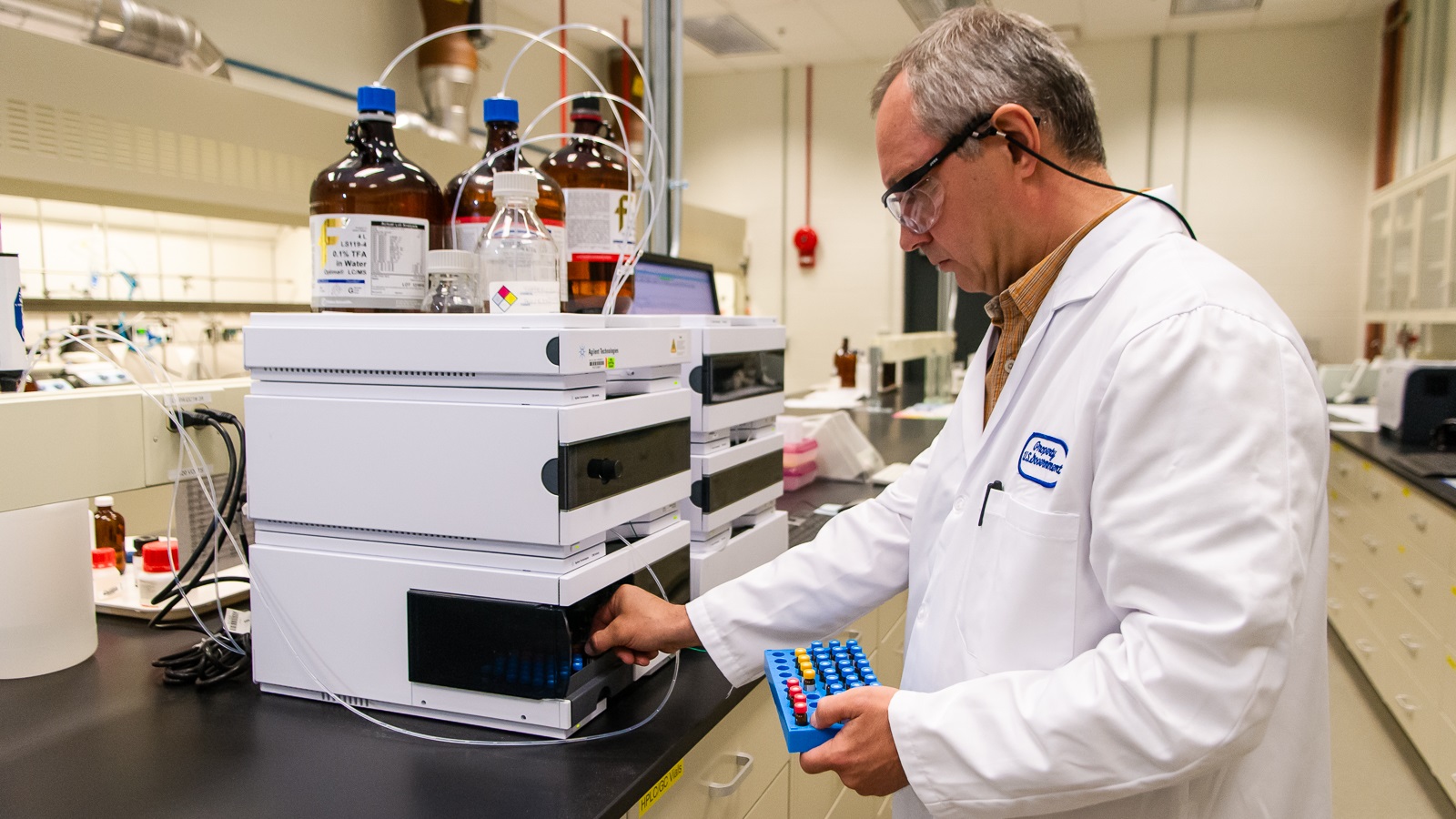
A revolution in the making
Argonne National Laboratory is shaping Industry 4.0 with groundbreaking research into advanced ways of making things more effective, efficient and economical, using the most cutting-edge materials and processes, with the lowest possible environmental impact.
A real “rock star” moment: New mineral named after Argonne materials scientist Kanatzidis
Mercouri Kanatzidis, an Argonne and Northwestern University materials scientist, has studied sulfur-containing materials called chalcogenides for more than 30 years. A new chalcogenide mineral has just been named for him.
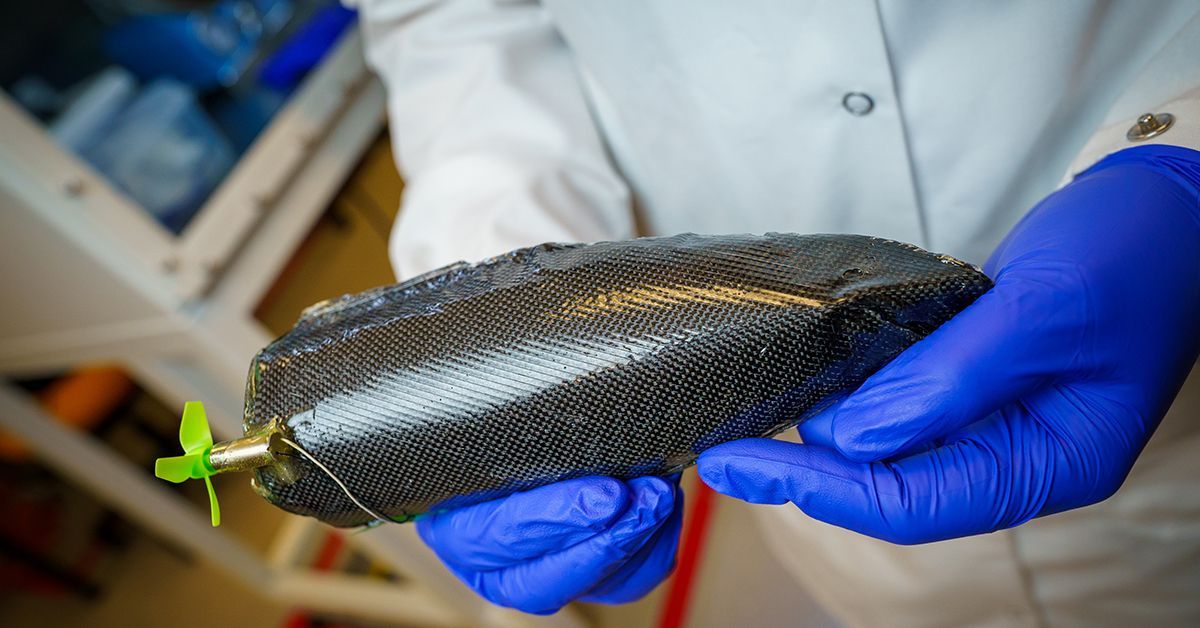
New energy-storing material could also be used to build electronic gadgets
Gadgets and vehicles powered by the very materials they’re built from may soon be possible, thanks to a new structural supercapacitor developed by UC San Diego engineers. The device doubles as structural support and energy storage, potentially adding more energy capacity without adding weight.
Argonne joins Illinois manufacturers for “Makers on the Move” tour
Argonne’s manufacturing center joins with Illinois manufacturers to tour the state and foster innovation and collaboration. Argonne’s materials expertise is available to help propel U.S. manufacturing forward.
Nina Andrejevic creates better tools to quickly characterize materials
Understanding big datasets requires better analytical models, says the Maria Goeppert Mayer Fellow.

Scientists discover unusual ultrafast motion in layered magnetic materials
A team of researchers report a mechanical response across a layered magnetic material tied to changing its electron spin. This response could have important applications in nanodevices requiring ultra-precise and fast motion control.
New biodegradable plastics are compostable in your backyard
A team led by researchers at the University of Washington has developed new bioplastics that degrade on the same timescale as a banana peel in a backyard compost bin.

Liz Laudadio is developing durable materials for clean energy
Liz Laudadio, a Walter Massey Fellow at Argonne National Laboratory, describes their research aimed at coatings to prevent corrosion of materials in settings like nuclear reactors.
Material scientist Ashley Bielinski relied on her passion for cutting-edge research to grow her career at Argonne
Argonne fellow Ashley Bielinski developed a new approach to study atomic layer deposition, an important technique in research and industry.
Ultrasmall swirling magnetic vortices detected in iron-containing material
A multi-institutional team, including Argonne, has discovered surprising spin properties in thin films of an iron-containing magnetic material. These properties could be applicable as basic units in information storage applications.
What can we do about all the plastic waste?
The Institute for the Cooperative Upcycling of Plastics (iCOUP) is helping to address the plastic waste accumulation problem by developing the science needed to turn used plastic into valuable materials.

Cracking the Concrete Code
Swanson School of Engineering researchers develop self-sensing metamaterial concrete for smart infrastructure systems
Sixbert Muhoza studies a new class of materials that could help fight climate change
A scholar in Argonne’s Applied Materials Division, Sixbert Muhoza is studying a new class of materials called MXenes that could improve batteries and help convert carbon dioxide to fuel.
An innovative twist on quantum bits: Tubular nanomaterial of carbon makes ideal home for spinning quantum bits
Scientists develop method for chemically modifying nanoscale tubes of carbon atoms, so they can host spinning electrons to serve as stable quantum bits in quantum technologies.
Artificial intelligence reframes nuclear material studies
Nuclear energy provides a fifth of total U.S. electrical power and half of its clean electricity. With new results from one scientist’s study of computer vision at Argonne National Laboratory’s IVEM facility, it may do even more.
George Crabtree, energy trailblazer remembered as a “great listener” and “boundless explorer”, dead at 78
George Crabtree, director of the Joint Center for Energy Storage Research at Argonne and a professor at the University of Illinois at Chicago, is fondly remembered for his impactful leadership that elevated energy research.
Scientists turn single molecule clockwise or counterclockwise on demand
Argonne scientists report they can precisely rotate a single molecule on demand. The key ingredient is a single atom of europium, a rare earth element. It rests at the center of a complex of other atoms and gives the molecule many practical applications.
Scientists enhance stability of new material for solar cells
Scientists at the University of Missouri used Argonne’s Advanced Photon Source to identify the structure of a perovskite material grown using chemical vapor deposition, potentially representing a breakthrough for solar cells.
Media Tip: Shock to the system: Using electricity to find materials that can learn
Is it possible for nonbiological materials to “learn”? The answer is yes. Scientists used the Advanced Photon Source, a U.S. Department of Energy (DOE) Office of Science user facility located at the DOE”s Argonne National Laboratory, to observe a nonliving material mimic behavior…
Army strong: Research teams join forces to invent weld wire for tank, infrastructure repair
The U.S. Departments of Energy and Defense teamed up to create a series of weld filler materials that could dramatically improve high-strength steel repair in vehicles, bridges and pipelines. This novel weld wire could help revitalize America’s aging infrastructures, which in 2021 received a C- grade from the American Society of Civil Engineers.
Microbial miners could help humans colonize the moon and Mars
The biochemical process by which cyanobacteria acquire nutrients from rocks in Chile’s Atacama Desert has inspired engineers at the University of California, Irvine to think of new ways microbes might help humans build colonies on the moon and Mars.
Chris Heckle named manufacturing director at Argonne National Laboratory
Globally recognized research and development leader Chris Heckle has been appointed as the first director of the Materials Manufacturing Innovation Centerat the U.S. Department of Energy’s Argonne National Laboratory.
New machine-learning simulations reduce energy need for mask fabrics, other materials
A new computational effort between Argonne and 3M promises to reduce energy consumption without sacrificing material quality in the production of nonwoven plastics, commonly used in surgical masks.
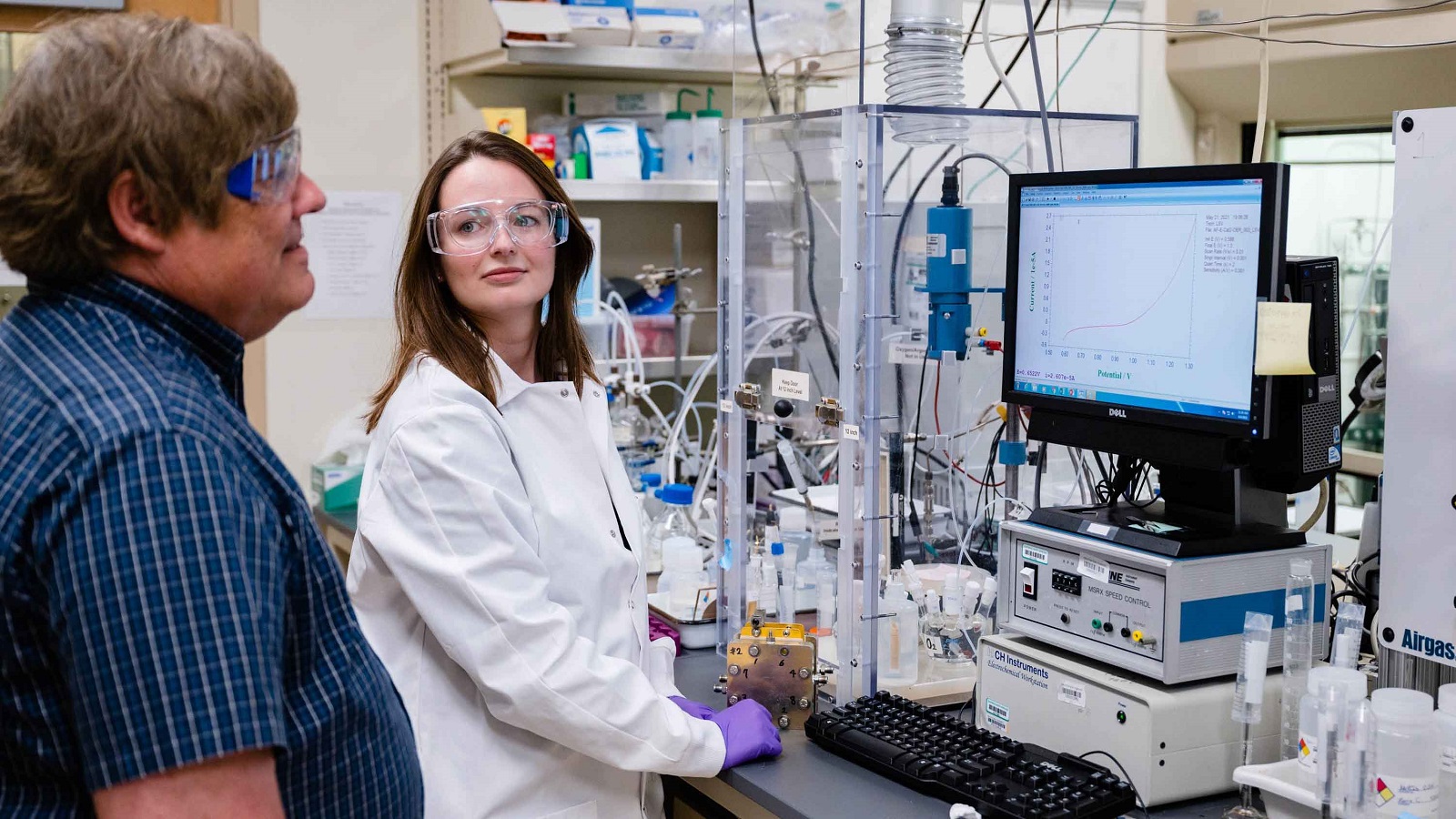
Entrepreneurship program at Argonne National Laboratory opens applications for startups
Chain Reaction Innovations, the entrepreneurship program at Argonne National Laboratory, is accepting applications for its next fellowship cohort.
Scientists use machine learning to accelerate materials discovery
Scientists at Argonne National Laboratory have recently demonstrated an automated process for identifying and exploring promising new materials by combining machine learning (ML) and high performance computing.
Argonne’s Pietro Papa Lopes named “Rising Star” by the American Chemical Society
Materials scientist Pietro Papa Lopes was named a 2022 “Rising Star” by the American Chemical Society.
A flexible device that harvests thermal energy to power wearable electronics
University of Washington researchers have created the first-of-its kind flexible, wearable thermoelectric device that converts body heat to electricity.
Argonne taps internationally recognized researcher Shirley Meng as chief scientist for energy storage strategy
A pioneer in material science, Meng’s new role comes with a joint appointment as a professor at the Pritzker School of Molecular Engineering at The University of Chicago.
Just by changing its shape, Argonne scientists show they can alter material properties
Argonne scientists have observed that when the shape of a thin film of metal oxide known as titania is confined at the mesoscale, its conductivity increases. This finding demonstrates that nanoscale confinement is a way to control quantum effects.
21.4% record efficiency for flexible CIGS solar cells
A new efficiency record of 21.4% for flexible CIGS solar cell on polymer film has been achieved by scientists at Empa. Solar cells of this type are especially suited for applications on roofs, transport vehicles or mobile devices.
LED Material Shines Under Strain
A team led by researchers at Lawrence Berkeley National Laboratory (Berkeley Lab) and UC Berkeley has demonstrated an approach for achieving LEDs with near 100% light-emission efficiency at all brightness levels.

AIME-TMS Anniversary Keynote Speakers Announced
Ten materials scientists and engineers named as AIME-TMS Anniversary Keynote Speakers. Talks made freely available online.
Now in 3D: Deep learning techniques help visualize X-ray data in three dimensions
A team of Argonne scientists has leveraged artificial intelligence to train computers to keep up with the massive amounts of X-ray data taken at the Advanced Photon Source.
This crystal impurity is sheer perfection
Scientists at Berkeley Lab and UC Berkeley have developed a nanoparticle composite that grows into 3D crystals. The new 3D-grown material could speed up production and eliminate errors in the mass manufacturing of nanoscale photonics for smart buildings or actuators for robotics.

UCI-led team develops transplant biomaterial that doesn’t trigger immune response
Irvine, Calif., June 3, 2021 — A multidisciplinary research team led by Jonathan Lakey, Ph.D., professor of surgery and biomedical engineering at the University of California, Irvine, has developed a biomaterial for pancreatic islet transplants that doesn’t trigger the body’s immune response. Based on stem cell technology, hybrid alginate offers a possible long-term treatment for Type 1 diabetes, an autoimmune reaction that destroys pancreatic islets’ beta cells, which regulate blood glucose levels.
Lasers, levitation and machine learning make better heat-resistant materials
Argonne scientists across several disciplines have combined forces to create a new process for testing and predicting the effects of high temperatures on refractory oxides.
ORNL’s superb materials expertise, data and AI tools propel progress
At the Department of Energy’s Oak Ridge National Laboratory, scientists use artificial intelligence, or AI, to accelerate the discovery and development of materials for energy and information technologies.
New 2D superconductor forms at higher temperatures than ever before
Researchers at the U.S. Department of Energy’s Argonne National Laboratory have discovered a new way to generate 2D superconductivity at an interface of an insulating oxide material, at a higher transition temperature than ever seen before for these materials.
Lithium-ion battery recycling expert available: Jeff Spangenberger, Argonne National Laboratory
Lithium-ion battery recycling expert available: Jeff Spangenberger, Argonne National Laboratory Jeff Spangenberger is the Materials Recycling Group Leader in the Applied Materials Division at Argonne National Laboratory. He and his team have demonstrated the recovery of plastics, metals, and materials…
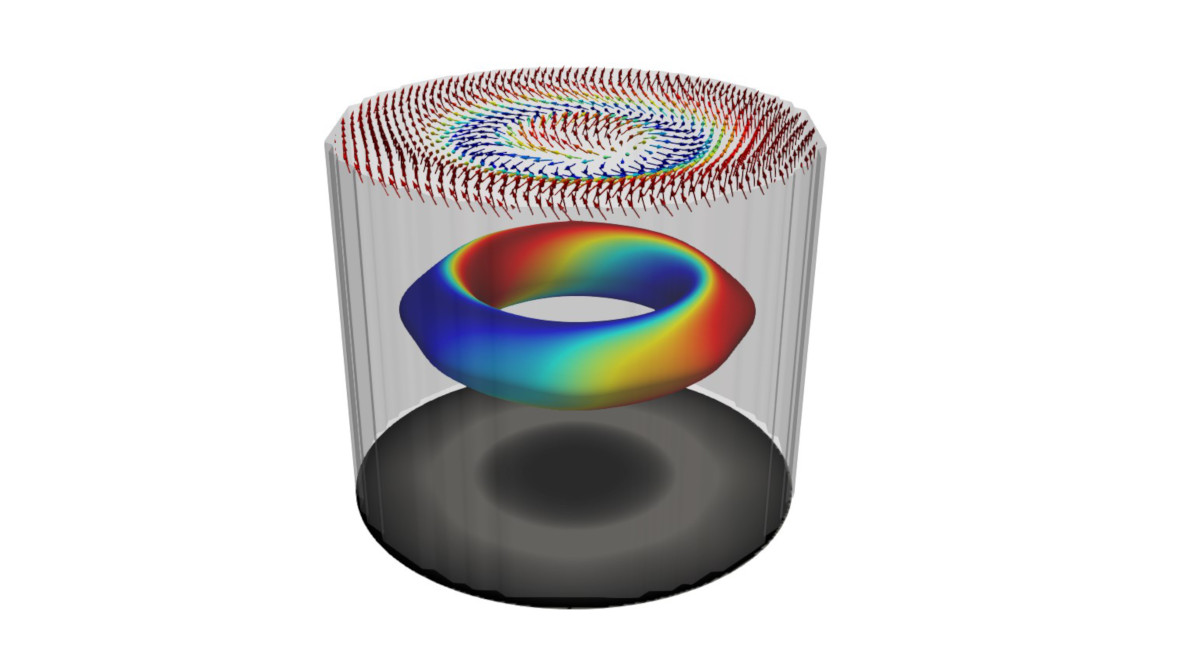
The Spintronics Technology Revolution Could Be Just a Hopfion Away
A research team co-led by Berkeley Lab has created and observed quasiparticles called 3D hopfions at the nanoscale (billionths of a meter) in a magnetic system. The discovery could advance high-density, high-speed, low-power, yet ultrastable magnetic memory “spintronics” devices.